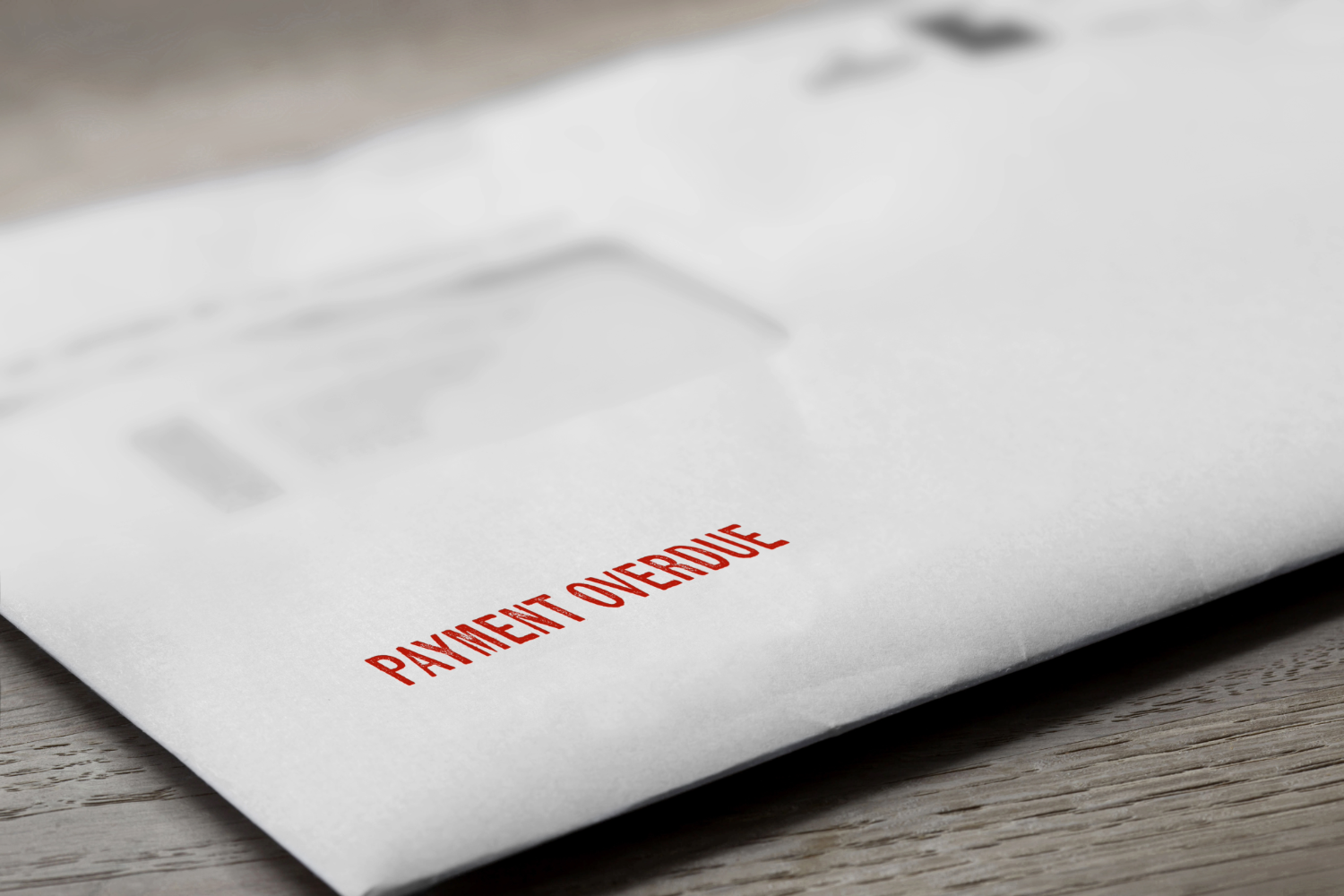
When payment disputes arise in the construction industry, contractors, subcontractors, and suppliers often face significant financial strain. One of the most effective tools for securing payment is a construction lien. Understanding how to use this legal remedy strategically can help you recover unpaid dues while protecting your business interests.
Construction liens are powerful because they attach directly to the property where the work was completed. They create a sense of urgency for the property owner to resolve the payment issue to clear the title. In many cases, filing a lien can prompt payment without the need for lengthy legal battles.
Lien laws vary from state to state, including deadlines for filing, notice requirements, and enforcement timelines. Before you begin the lien process, make sure you understand your state’s specific requirements. Missing a deadline or skipping a required notice can render your lien invalid.
In many states, you must send a preliminary notice to the property owner before filing a lien. This notice informs the owner of your involvement in the project and your right to file a lien if payment is not received. Sending this notice early helps establish your legal rights and may encourage faster payment.
Timing is critical when it comes to filing a lien. Most states have strict deadlines that are calculated from the date the work was completed or materials were delivered. Filing quickly helps protect your rights and increases the chances of a successful resolution.
Accurate records are essential for a strong lien claim. Keep contracts, invoices, delivery receipts, work logs, and any communication related to the project. This documentation serves as evidence of the work performed and the amount owed.
Once a lien is filed, property owners may be motivated to negotiate a settlement to avoid legal complications. Engage in good-faith discussions to find a resolution before proceeding to foreclosure on the lien. In many cases, payment can be secured through negotiation, saving both time and legal costs.
If negotiations fail, the next step may be to enforce the lien through a lawsuit. This process can result in the sale of the property to recover the debt. While enforcement is a serious step, it may be the only way to secure payment for your work.
While liens are an effective remedy, the best approach is to prevent payment issues before they occur. Some preventive measures include:
Construction liens are a vital tool for protecting your business and securing payment for your hard work. By understanding your state’s lien laws, following proper procedures, and keeping thorough documentation, you can significantly improve your chances of a successful recovery.
Partnering with an experienced legal team ensures you meet all requirements and deadlines while maximizing your chances of recovering unpaid dues. Miller, Ross & Goldman has decades of experience helping contractors and suppliers enforce their rights and recover what they are owed.
If you are facing unpaid invoices on a construction project, our team can guide you through the lien process and help you protect your financial interests. Contact us today to request a quote.